There are reasons why the largemouth bass is one the most favored game fish in North America: One, they’re aggressive. Feeling a spunky largemouth on the end of your line definitely increases the excitement factor of fishing. Two, Largemouth are ubiquitous found in most waters across the United States making them accessible and fishable regardless where you live. Now, lets go see how to fish for, and catch, this highly sought-after game fish!
How To Identify a Largemouth Bass

Image Credit: Photo by Robposse on Creative Commons
First, let’s go over how to identify a largemouth bass. Starting with fun fact number one: did you know largemouth and smallmouth bass belong to the sunfish family? However, unlike your average sunfish, a largemouth bass’s body is much larger and more slender. Then, as their name implies, their mouths are wide, extending past their eyes. Additionally, in contrast to a smallmouth’s markings, a largemouth has a distinct dark lateral stripe running along its lateral line. This is a key ID feature of these fish.
Starter Largemouth Bass Tackle
Let’s take a look at some largemouth bass tackle you’ll need to get started fishing:
- Medium to heavy rod and reel
- Your preferred fishing line
- Bait
- Hooks
- Bass lures
- Landing net
- Fishing Pliers
Tips on How To Catch Largemouth Bass
Tip #1: Use Live Bait and Worms

Image Credit: Photo by Sippakorn Yamkasikorn on Unsplash
First off, live baits will outfish any artificial lure: period. Largemouth bass are piscivorous, opportunistic feeders, and plopping prey in their face will get them interested. So, if you want to get yourself big ol’ bass, try your luck by fishing with live baits. Here is a list of some go-to bass baits:
- Earth worms
- Minnows
- Sculpins
- Shad
- Crayfish
- Suckers
- Leeches
- Shiners
- Crickets
- Frogs
- Bluegill
Tip #2: Keep Your Baits Seasonal
Second, when you are using live or artificial baits, it is essential to your success to use them seasonally. During certain seasons, some baits and especially lure colors will outperform others. For example, an almost motionless worm can likely pull a hungry bass out from its shelter in the winter. Whereas, before the spawn, bass are loading up on protein in the springtime, so natural crayfish colors from olive-green to orange-red seem to perform well.
Tip #3: Don’t Stick to One Technique
Third, learning multiple techniques for targeting largemouth bass will help increase the number of bites you get. While I believe it is important to master one bass fishing method, it is also vital to switch it up now and then. Here is a list of popular techniques anglers use to target largemouth:
- Wacky rig
- Texas rig
- Drop shot rig
- Spinnerbaits
- Topwater poppers and frogs
- Jerkbaits
- Crankbaits
- Flipping
- Pitching
Tip #4: Fish Cover and Structure

Image Credit: Photo by Maddy Baker on Unsplash
Fishing thick cover and structure is an excellent way to seek out bass. Since bass are natural predators, adult largemouth will often utilize fallen timber or thick vegetation as cover to ambush prey fish. So, finding these types of areas and throwing lures mimicking wounded baitfish will help you attract those opportunistic feeders. Largemouth live hiding around the dock on our lake, often seen lurking in the shadows waiting for their next meal.
Tip #5: Follow the Forage
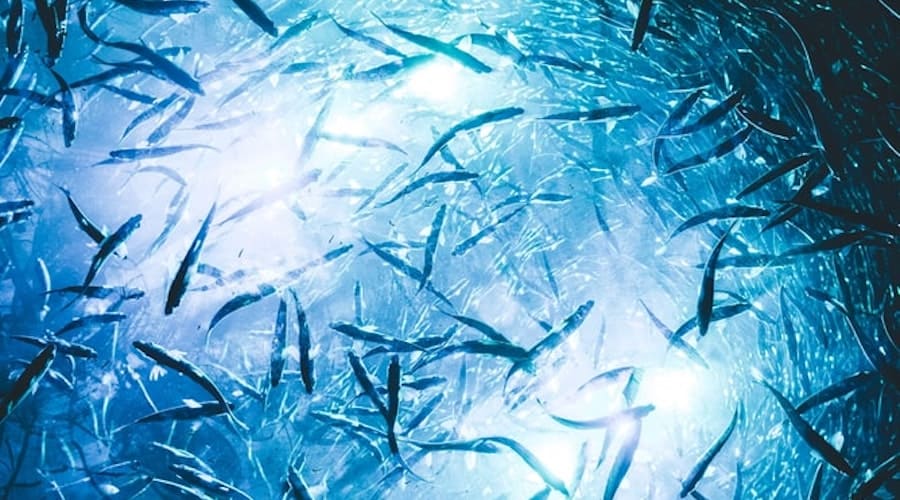
Image Credit: Photo by Teryll KerrDouglas on Unsplash
Fifth, another fantastic method for targeting bass is by following their forage. In the evenings, baitfish will move to shallow waters to feed. Consequently, because of this predictable feeding pattern, lurking predators like bass and catfish can easily hunt prey fish during this time of day. Thus, when in doubt, naturally present a lure that best mimics their food near a cloud of forage fish.
Tip #6: Cloudy Days Equal Optimal Bass Fishing
Lastly, overcast and cloudy days can call for some of the best bass fishing. For example, when the weather is muggy, water visibility lowers, making bass more comfortable migrating to shallower waters. Here are some lures that work exceptionally well during these weather conditions:
- Topwater lures
- Spinnerbaits
- Buzzbaits
- Swim jigs
In addition, we believe the best colors to use on cloudy days are bright fluorescents or dark colors, like blues and blacks. We like bright fluorescent-colored lures because they are highly visible to fish on overcast days. Then, dark-colored baits also perform well because they appear more natural to bass during muggy weather.
Keep Your Hooks Sharp and Your Lines Tight!
Now that you better understand what types of bait and tackle to use, you’re ready to target largemouth bass. We hope these tips will give you the tools you need to be a successful largemouth bass angler. Happy bassing and we will see you on the water!





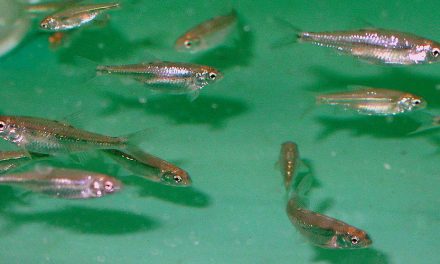
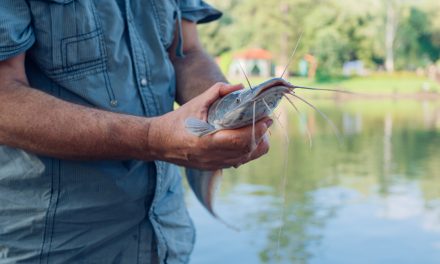
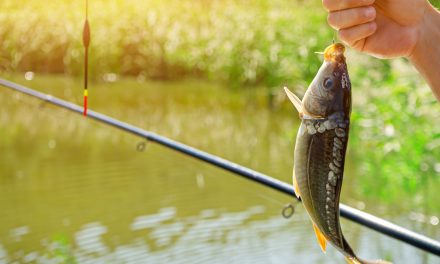
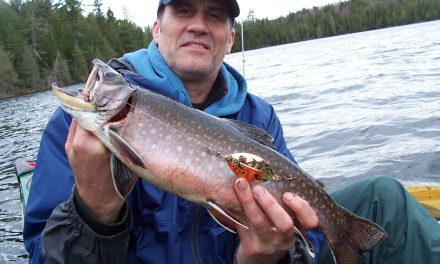
 E-Newsletter
E-Newsletter